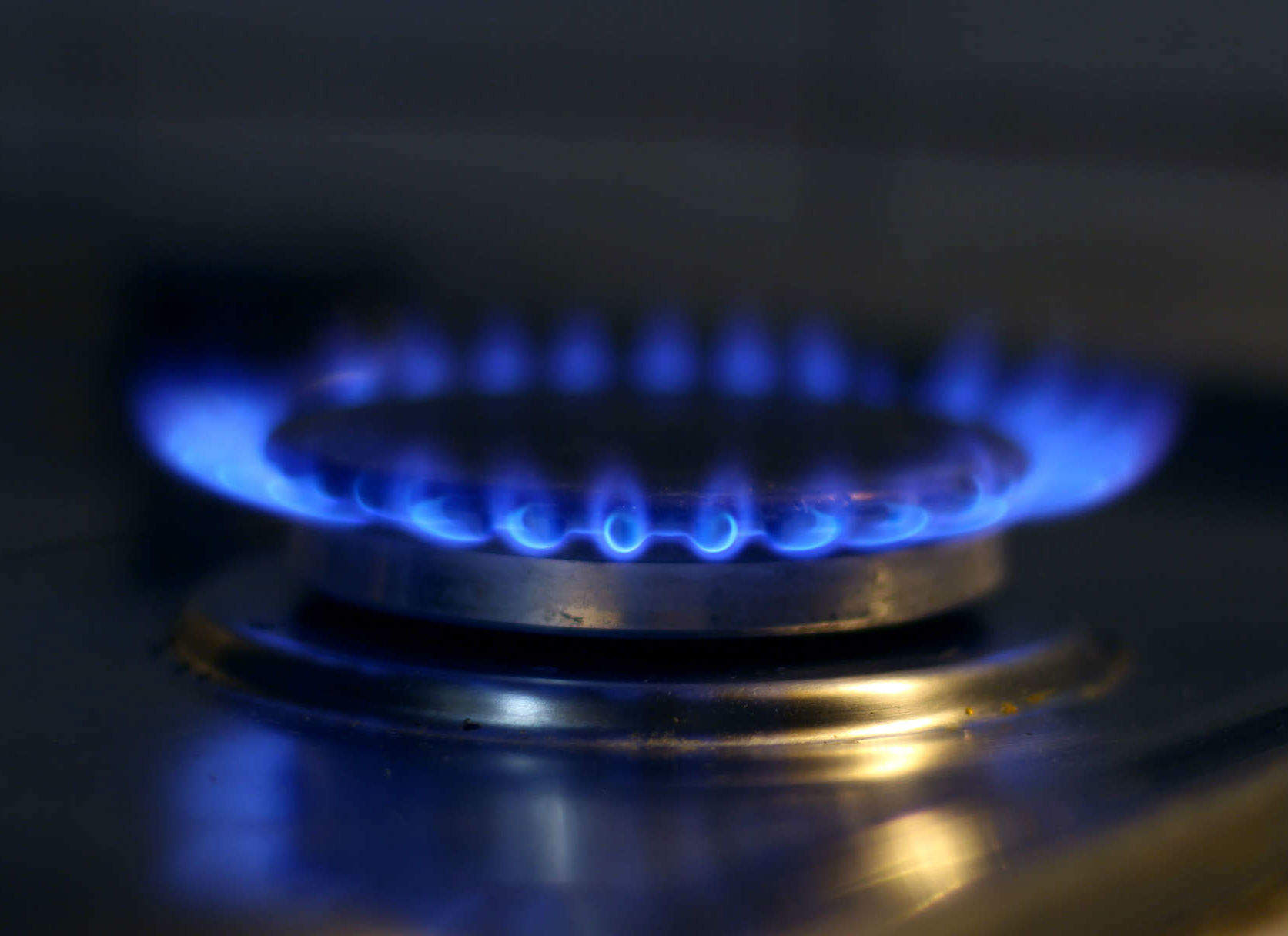

The pressure is on to reduce the environmental impact of transport fuels, particularly after the climate change agreement in Paris. With that in mind, researchers from the University of Manchester and Imperial College have made significant advances in the search to develop a way of making renewable propane gas (C3H8) through bioengineering.
The team, led by Professor Nigel Scrutton, director of the Manchester Institute of Biotechnology, and Dr Patrik Jones from Imperial College London, have developed a new metabolic pathway for the biosynthesis of propane gas by genetically engineering an enzyme found in algae. In nature, enzymes are proteins that act as catalysts and help complex reactions occur, such as digestion and photosynthesis, often breaking down large molecules into smaller ones.
Editing genomes and breaking chains
There is no natural way to make small-chain hydrocarbon propane, so the team first had to identify an enzyme that was capable of working with large hydrocarbon molecules, and then edit its genome. They used an enzyme found in algal cyanobacteria that researchers have previously employed to catalyse a reaction in order to form butanol (C4H9OH). It was then genetically engineered to make it capable of carrying out a reaction to convert a natural cell substrate into propane gas, instead of butanol.
In other words, an enzyme that was not naturally equipped to change hydrocarbon chains into propane gas was genetically modified to do so. The team’s method was published in the journal Biotechnology of Biofuels.
"We take a natural enzyme, we re-engineer it to do a different type of chemistry with a different small molecule specificity," explains Scrutton. "Having done that, we can then use that in something we call metabolic engineering to make an artificial pathway that then converts that into propane gas."
Propane is sourced from petrochemicals that come from conventional oil reserves, so in its traditional form it isn’t renewable and burning it gives off CO2. The team’s new biosynthesis pathway uses biomass or waste feedstocks, which could come from plants or waste streams from other industrial processes. This means that precious reserves don’t need to be depleted and less CO2 is released into the atmosphere.
"If you’re depleting a feedstock to feed these bacteria, you can replenish that feedstock through natural photosynthesis," says Scrutton. "If it’s a plant based feedstock you harvest that, you feed the bacteria on it, you re-grow your crop and fix carbon dioxide for the atmosphere as part of the photosynthetic process. It’s more of a closed loop."
Facing up to the challenges
The team was challenged when trying to figure out how to actually re-engineer the enzyme in the first place.
"We have ways of studying [enzyme] structures, but it’s just by looking at the structure. You can’t then easily understand how to change the structure to give it a different function," Scrutton says. "This is something that biochemists have been trying to do, and structural biology has been trying to do for many, many years. It’s a bit of a black art."
Now they have genetically altered the enzyme successfully, there are new challenges, such as having to optimise the process. As with any reaction, the team wants to make the most product from as little resources as possible. Scrutton says that the method can make significant amounts of propane, but for commercial exploitation they are currently working on an optimisation cycle.
Another challenge for the pathway is to make it compatible with a whole range of different feedstocks which are widely available and cheap. Ideally, the feedstocks will be effectively zero cost if they are waste or leftover products from agriculture or biofuel plants.
"In different countries all the different requirements for the type of feedstock depend very much on the local economies and availability of the feedstocks," adds Scrutton. "So it’s an ongoing process of optimisation, and adapting the organisms to work in different types of environments."
The ambition is to have a modular approach that will be tailored for different applications and demands, so that strains can be used in several ways.
A cleaner alternative
Since the climate agreement talks in Paris, the EU now has a requirement of using at least 10% biofuel in transport fuel, and carbon emissions need to be down 80% by 2050. In ambient conditions, propane is a clean burning gas, meaning it produces less toxic emissions, and so is an attractive option in terms of reducing pollution. When it is used as a transport fuel in cars, propane produces greenhouse gas emissions up to 20% lower than the usual unleaded gasoline. On combustion, diesel fuel emits 11.9kg of CO2 per gallon and petrol 10.6kg, compared with just 7.0kg per gallon of propane.
"Propane is a clean gas so, and having a more renewable, sustainable way of making it will contribute to all these agendas," says Scrutton. "The beauty of it is that because you can separate it easily by liquefaction from a biological organism, it’s very easy to process."
Propane is what is known as a dropping fuel, as existing global markets and infrastructure are already in place in a wide range of applications from heating to transport fuel. It just needs to drop into the existing infrastructure. It can also be transported as a compressed liquid, meaning it is easy to store and distribute.
While the search is on to find a commercially usable and renewable substitute to petroleum-based fuels, the team see propane as an attractive alternative.
This method of propane biosynthesis being made from what the researchers hope will eventually be a wide range of feedstocks, is an important step in phasing out fossil fuels.



